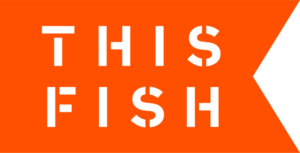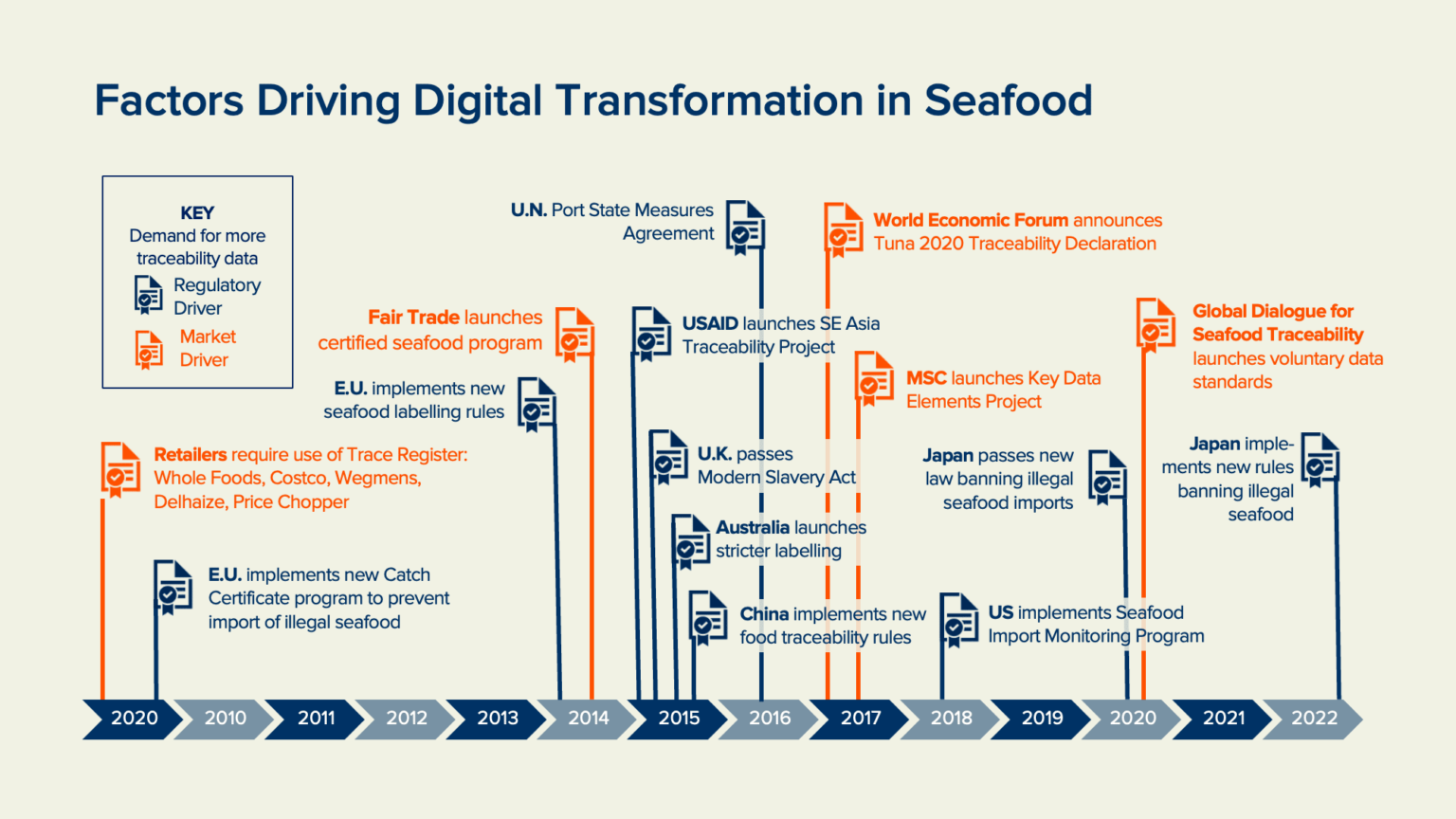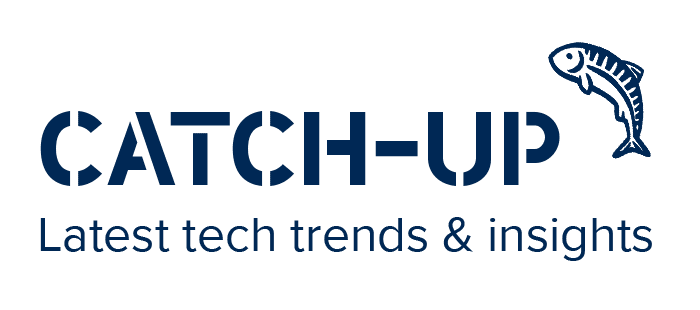What is the cost of doing nothing? That’s a question many seafood executives must be asking themselves as the pandemic has accelerated digital transformation across industries.
“Companies that had not implemented Industry 4.0 [digitization] prior to COVID-19 have had a wake-up call,” reports global consulting firm McKinsey. In their latest survey, McKinsey found that 56 percent of respondents that hadn’t implemented digital technologies prior to COVID-19 found themselves “constrained in their ability to respond to COVID-19.”
The pandemic has heightened the value of remote oversight of operations, e-commerce and real-time access to supply chain data. Another survey by Deloitte showed that 94 percent of executives agreed that “digital transformation is a top strategic priority at my organization.”
In economics, doing nothing can have an “opportunity cost.” For seafood companies, not moving to digital systems and electronic traceability could cost you customers, increase operational costs and stymie revenue growth.
There’s clear evidence that the opportunity cost of not digitizing is increasing, especially as the pandemic has accelerated a shift to e-commerce and online logistics and distribution. Furthermore, consumers are “switching brands at unprecedented rates,” according to another McKinsey survey. There’s growing market and regulatory demand for transparency in the products we buy. More consumers want to know if their products are sustainable and socially responsible. And governments are listening.
Indeed, in December, Japan’s national legislature passed a law to ban the importation of illegal, unreported, and unregulated (IUU) seafood. The E.U. was first to pass this type of law in 2010 followed by the U.S. Seafood Import Monitoring Program (SIMP) in 2018. In May, a new bi-partisan bill, called the Illegal Fishing and Forced Labor Prevention Act, was introduced into the U.S. Congress to expand SIMP to include all species and enhance the transparency of the supply chain, including new data disclosure rules. The bill also proposes to implement cutting-edge artificial intelligence and machine learning technologies to more effectively catch violators and publish their names.
In 2019, an European Commission investigation into Ecuador’s tuna industry found that there were “serious deficiencies in terms of control, notably over the activity of the tuna fishing and processing industries. These deficiencies undermine the reliability of the traceability system upon which the certification of the legality of the catches is based.” Now Ecuador is tightening its fishing laws too.
Since 2018, Ecuadoran exports of canned and preserved tuna have grown by more than 50 percent. In the first quarter of 2020 alone, E.U. imports of canned tuna increased by 23 percent, largely driven by pandemic buying. An E.U. ban on Ecuadoran tuna would be devastating to the national tuna industry. The opportunity cost would be astronomical.
E.U. and U.S. retailers and importers have now created the Global Tuna Alliance to continue to press for improvements to “ensure effective traceability… which underpins sustainability efforts as it creates transparency and accountability within the supply chain.” ALDI, for example, has mandated that seafood suppliers are “contractually obliged to provide information on the entire value chain of the relevant product” and have even set up an online platform to trace seafood back to its origins.
There is one more factor that has recently come into play that is driving digitization: blockchain. Enormous hype has grown around this distributed ledger technology to improve the authenticity and security of supply chain data. Some 15 tech companies now offer blockchain solutions to the seafood industry. Ecuador’s Sustainable Shrimp Partnership (SSP), for example, launched blockchain traceability with IBM Food Trust in 2020, providing consumers with a QR code to trace their product’s origin.
“Amazingly, the pandemic created the need to assure our customers that the product was safe,” José Antonio Camposano, Executive Director of the Sustainable Shrimp Partnership, told The Fish Site. “And, in the middle of that discussion we took the opportunity to present them with a lot more information that we think gives value to them.”
As market and regulatory demand for electronic traceability grows, the opportunity cost of doing nothing is increasing, especially if your competitors take advantage of digital technologies that enable them to gain more trust and loyalty with customers.
Opportunity cost often manifests itself in a visceral human emotion: fear or more precisely the fear of missing out (FOMO). That is likely going be one of the biggest drivers of digital transformation as early adopters create fear among the rest of the industry.




